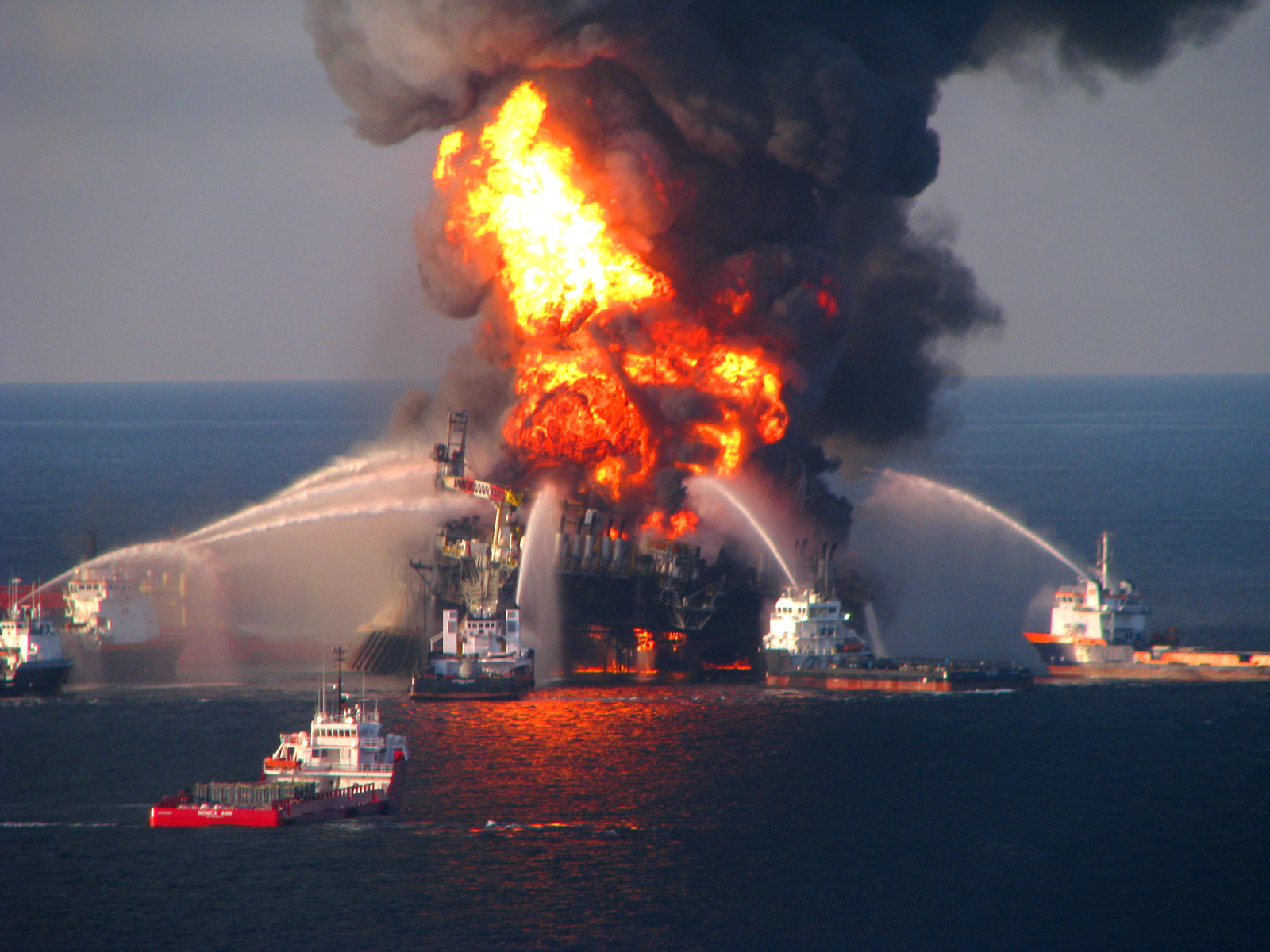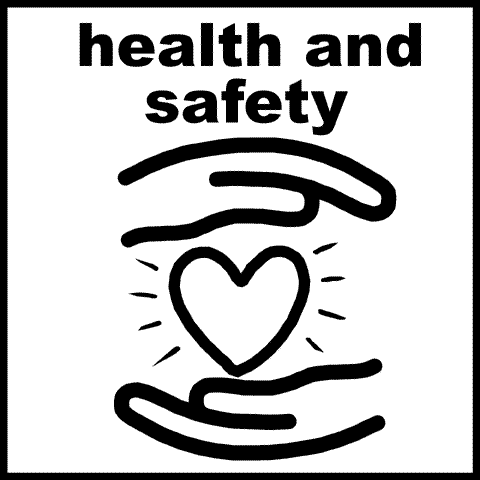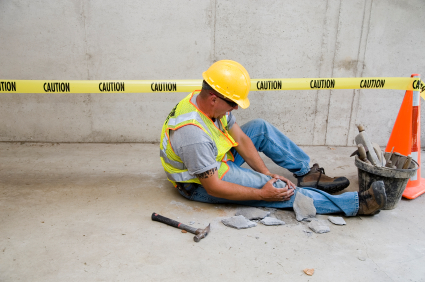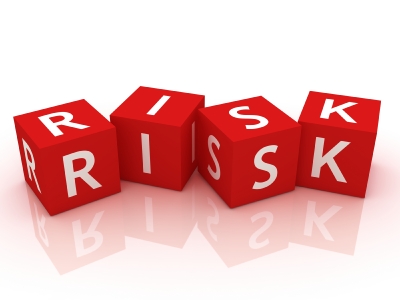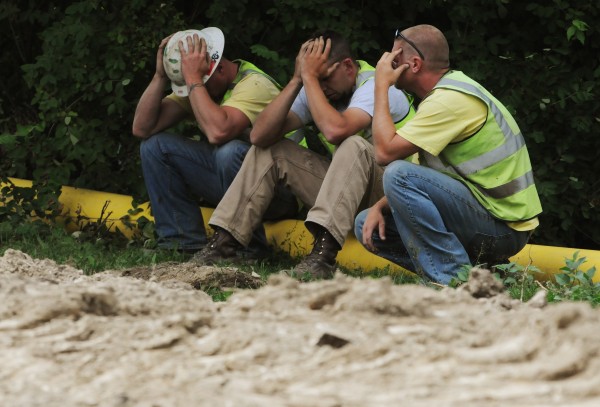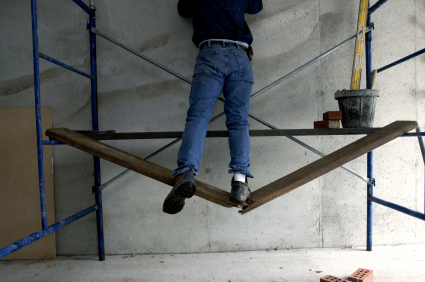 Consider this statistic: 80 out of every 100 accidents are the fault of the person involved in the incident. Unsafe Acts cause four times as many accidents & injuries as unsafe conditions.
Consider this statistic: 80 out of every 100 accidents are the fault of the person involved in the incident. Unsafe Acts cause four times as many accidents & injuries as unsafe conditions.
Accidents occur for many reasons. In most industries people tend to look for “things” to blame when an accident happens, because it’s easier than looking for “root causes,” such as those listed below. Consider the underlying accident causes described. Have you been guilty of any of these attitudes or behaviors? If so, you may have not been injured-but next time you may not be so lucky.
- Taking Shortcuts: Every day we make decisions we hope will make the job faster and more efficient. But do time savers ever risk your own safety, or that of other crew members? Short cuts that reduce your safety on the job are not shortcuts, but an increased chance for injury.
- Being Over Confident: Confidence is a good thing. Overconfidence is too much of a good thing. “It’ll never happen to me” is an attitude that can lead to improper procedures, tools, or methods in your work. Any of these can lead to an injury.
- Starting a Task with Incomplete Instructions: To do the job safely and right the first time you need complete information. Have you ever seen a worker sent to do a job, having been given only a part of the job’s instructions? Don’t be shy about asking for explanations about work procedures and safety precautions. It isn’t dumb to ask questions; it’s dumb not to.
- Poor Housekeeping: When clients, managers or safety professionals walk through your work site, housekeeping is an accurate indicator of everyone’s attitude about quality, production and safety. Poor housekeeping creates hazards of all types. A well maintained area sets a standard for others to follow. Good housekeeping involves both pride and safety.
- Ignoring Safety Procedures: Purposely failing to observe safety procedures can endanger you and your co-workers. You are being paid to follow the company safety policies-not to make your own rules. Being “casual” about safety can lead to a casualty!
- Mental Distractions from Work: Having a bad day at home and worrying about it at work is a hazardous combination. Dropping your ‘mental’ guard can pull your focus away from safe work procedures. You can also be distracted when you’re busy working and a friend comes by to talk while you are trying to work. Don’t become a statistic because you took your eyes off the machine “just for a minute.”
- Failure to Pre-Plan the Work: There is a lot of talk today about Job Hazard Analysis. JHA’s are an effective way to figure out the smartest ways to work safely and effectively. Being hasty in starting a task, or not thinking through the process can put you in harms way. Instead, Plan Your Work and then Work Your Plan!
“It is better to be careful 100 times than to get killed once.” (Mark Twain)

